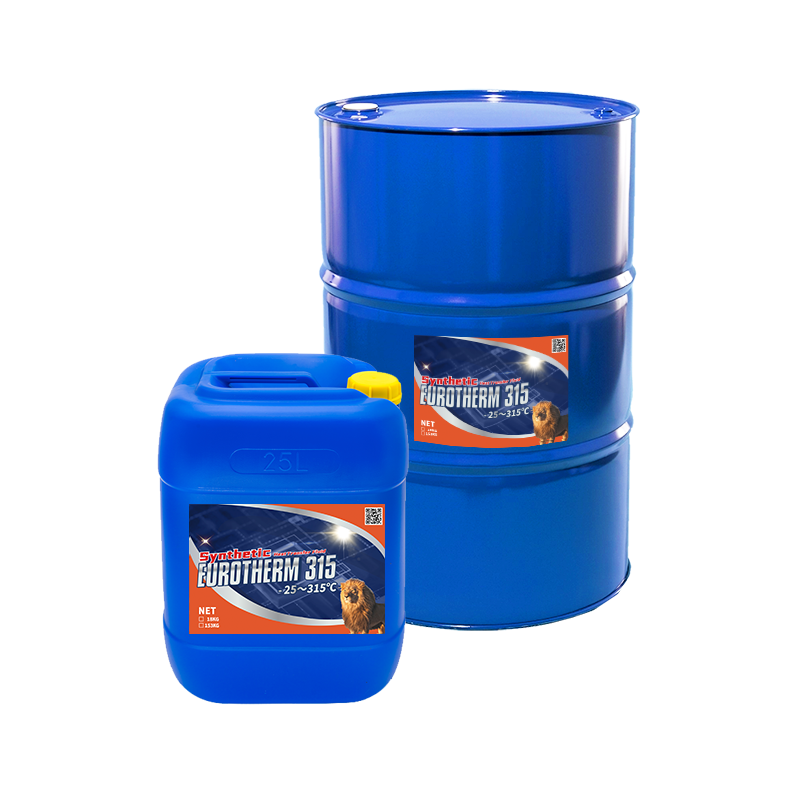The Buzz on Chemie
Table of ContentsSome Known Questions About Chemie.Rumored Buzz on ChemieThe Buzz on ChemieThe Chemie StatementsChemie Fundamentals ExplainedGetting The Chemie To Work
By Bojanna Shantheyanda, Sreya Dutta, Kevin Coscia and David SchiemerDynalene, Inc. Fluid air conditioning, which can be attained making use of indirect or direct ways, is used in electronics applications having thermal power thickness that might surpass risk-free dissipation with air cooling. Indirect liquid cooling is where warm dissipating digital components are literally divided from the liquid coolant, whereas in case of straight air conditioning, the elements are in straight contact with the coolant.Nevertheless, in indirect cooling applications the electric conductivity can be important if there are leaks and/or splilling of the fluids onto the electronic devices. In the indirect air conditioning applications where water based liquids with rust inhibitors are usually utilized, the electrical conductivity of the fluid coolant primarily depends on the ion focus in the fluid stream.
The boost in the ion concentration in a shut loop liquid stream may occur as a result of ion seeping from metals and nonmetal elements that the coolant fluid is in contact with. During operation, the electric conductivity of the fluid may increase to a degree which could be hazardous for the air conditioning system.
All about Chemie
(https://www.ted.com/profiles/48599309)They are grain like polymers that are qualified of exchanging ions with ions in a solution that it touches with. In the existing job, ion leaching examinations were carried out with various metals and polymers in both ultrapure deionized (DI) water, i.e. water which is dealt with to the highest degree of pureness, and reduced electrical conductive ethylene glycol/water mixture, with the determined adjustment in conductivity reported gradually.
The examples were permitted to equilibrate at space temperature level for 2 days prior to videotaping the initial electrical conductivity. In all tests reported in this research study liquid electrical conductivity was determined to an accuracy of 1% making use of an Oakton disadvantage 510/CON 6 collection meter which was calibrated prior to each dimension.
The 10-Minute Rule for Chemie
from the wall surface heating coils to the center of the furnace. The PTFE sample containers were put in the furnace when stable state temperatures were reached. The test arrangement was removed from the heating system every 168 hours (7 days), cooled down to room temperature with the electric conductivity of the fluid gauged.
The electrical conductivity of the liquid sample was kept track of for a total of 5000 hours (208 days). Schematic of the indirect shut loophole cooling down experiment set-up. Parts utilized in the indirect shut loop cooling down experiment that are in call with the liquid coolant.

Fascination About Chemie
During procedure the liquid storage tank temperature level was maintained at 34C. The modification in liquid electric conductivity was kept an eye on for 136 hours. The fluid from the system was collected and saved. Similarly, shut loophole test with ion exchange material was lugged out with the exact same cleansing procedures employed. The preliminary electric conductivity of the 230ml UP-H2O in the system determined 1.84 S/cm.

0.1 g of index Dowex material was included in 100g of liquid samples that was absorbed a different container. The mix was mixed and transform in the electrical conductivity at area temperature level was gauged every hour. The gauged modification in the electrical conductivity of the UP-H2O and EG-LC test liquids consisting of polymer or steel when involved for 5,000 hours at 80C is shown Number 3.
Chemie Fundamentals Explained
Figure 3. Ion seeping experiment: Measured change in electrical conductivity of water and EG-LC coolants having either polymer or metal examples when submersed for 5,000 hours at 80C. The results indicate that steels added less ions into the liquids than plastics in both UP-H2O and EG-LC based coolants. This might be as a result of a thin metal oxide layer which may serve as a barrier to ion leaching and cationic diffusion.
Fluids containing polypropylene and HDPE exhibited the most affordable electrical conductivity changes. This could be as a result of the short, rigid, linear chains which are much less likely to add ions than longer branched chains with weak intermolecular forces. Silicone also executed well in both test liquids, as polysiloxanes are normally chemically inert due to the high bond power of the silicon-oxygen bond which would protect against deterioration of the material right into the fluid.
Chemie for Beginners
It would be anticipated that PVC would certainly create comparable outcomes to those of PTFE and HDPE based upon the similar chemical frameworks of the materials, however there may be various other contaminations present in the PVC, such as plasticizers, that may impact the electric conductivity of the liquid - therminol & dowtherm alternative. Additionally, chloride groups in PVC can likewise leach into the test fluid and can trigger a rise in electric conductivity
Polyurethane completely degenerated right into the examination liquid by the end of 5000 hour examination. Before and after images of metal and polymer examples submersed for 5,000 hours at 80C in the ion seeping experiment.
Measured modification in the electrical conductivity of UP-H2O coolant as a function of time with and without material cartridge in the shut indirect cooling loop experiment. The determined modification in electrical conductivity of the UP-H2O for 136 hours with and without ion exchange resin in the loophole is displayed in Figure 5.